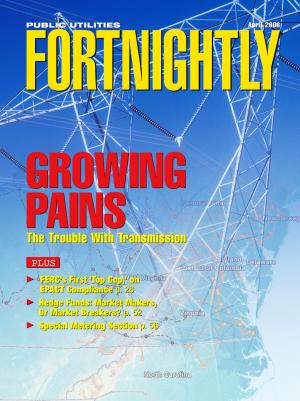During the 1980s and early 1990s, integrated resource planning (IRP) was a required practice for many utilities. Then competitive wholesale markets, merchant generation, and restructuring initiatives led many utilities to abandon IRP.

While wholesale competition generally has been successful, the regulatory process changes it brought were less so. And utilities now are getting back into long-term resource planning studies to provide decision support for their “back to basics” business strategies.
IRP, originally designed as a regulatory means of ensuring that a utility’s expansion plans included a broad array of alternatives and were transparent,1 was regarded as redundant in late 1990s amidst restructuring developments in many parts of the country. Many utilities decided there was no need for regulatory mandated IRPs since market discipline in a competitive environment would ensure that the least-cost plan would be chosen. Under the circumstance, there would be no need to force market players to choose the least-cost option; they would be doing it on their own. In many cases, state regulators either explicitly agreed or acquiesced by not insisting that utilities file updated IRPs.2

